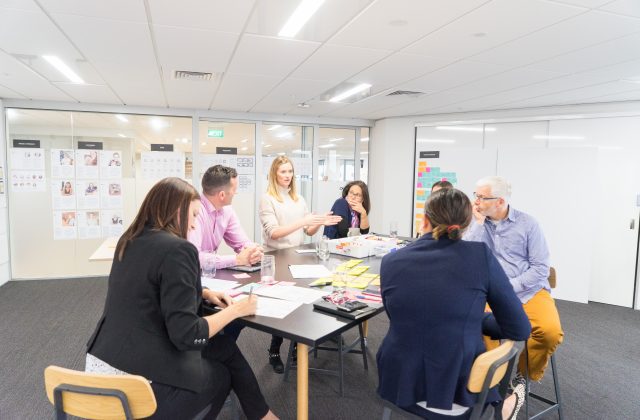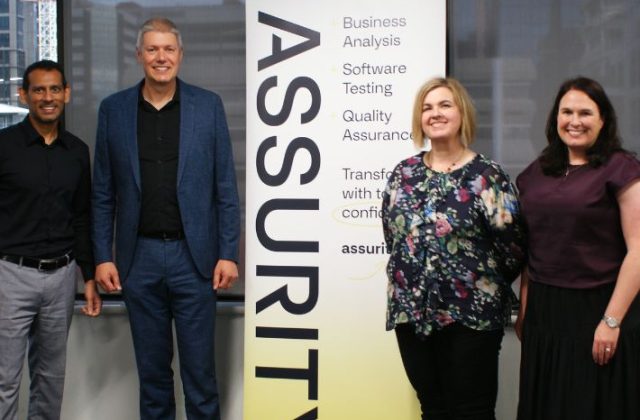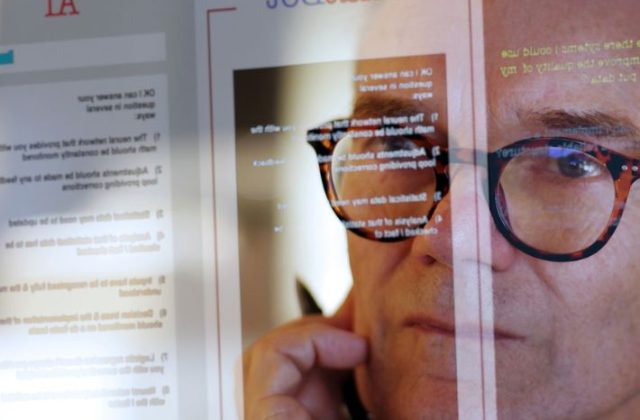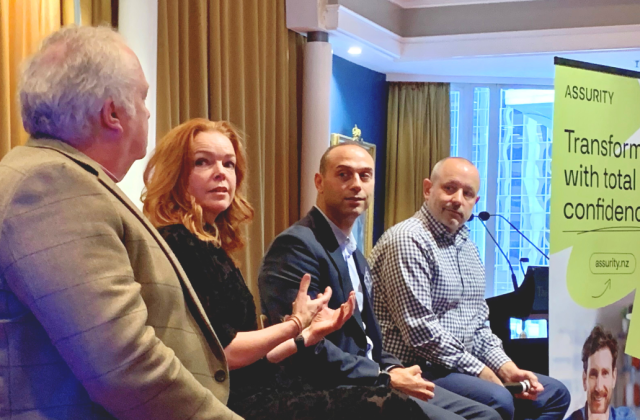Date: 10 August 2021
If there is no ability to deliver change on top of BAU, energy spent on innovation initiatives very seldom see the light of day. Why this sets up CX teams to fail and what you can do about it...
The companies we work with often face multiple challenges to deliver including:
- Only one delivery team to implement both innovative ideas and incremental changes
- No clear ROI for innovative ideas, thus not seen as a ‘must have’
- No shared definition of success across various teams in development
- Lack of ownership
Incremental changes are blocking innovation
With the increase in awareness of designing customer-centric products, competing CX teams often work with the same customer problems and insights. The company that can deliver the fastest is the one that will be first to market and create the most significant impact. It is pointless for a CX team to discover a novel solution to a customer problem two years ahead of their competition, only to see that competitive advantage erode because their competition eventually delivers a product (even if inferior) ahead of them.
We have worked with teams where any CX improvements go onto a backlog of one to four years, full of incremental changes. By the time the development teams can deliver, any relevancy or market advantage is lost.
What can be done about it?
Consider diversifying your innovation portfolio. For example, Airbnb can balance innovation with BAU demands by running three teams, with parallel streams of work:
- ‘Foundational’ (low risk, highly tactical, various timeframes) is allocated at 40%
- ‘Near term growth’ (medium risk, somewhat strategic, short timeframe) at 40%
- ‘Speculative’ (high risk, highly strategic with a long-medium timeframe) at 20%
Not all companies will have the resources of Airbnb. However, there is something we can learn from their model. Even funding a small team to work on ‘near term growth’ in parallel to BAU will make a massive difference to many companies we work with.
Alternatively, ensure there is enough budget to fund external help in development to realise any competitive advantage. CX teams will quickly be disincentivised or even dissolved if this isn’t done because the business benefit hasn’t been realised from their efforts.
CX teams find it difficult to prove ROI and demonstrate their impact
CX teams are criticised for not aligning what they do with the business and there is a lack of proof of ROI. However, often teams cannot create business value due to a company’s inability to deliver anything that is not ‘hygiene’. Often teams are hamstrung by what they said they would deliver when they got the business case approved, rather than if it’s the right thing to deliver. Often this sets up CX teams in opposition to what Dev teams need to do.
What can be done about it?
Agile business cases: Set up a steering committee that approves a project in phases rather than a single approval for the entire initiative upfront. We set up a fortnightly showcase where we ‘keep’, ‘pivot’ or ‘kill’ what we are working on. This allows for projects to be killed more quickly and cheaply while still allowing the most promising work to continue. It also lowers expectations and allows for work to start more quickly because the business case requirements for a prototype are easier than for an entire project.
Kill obsolete projects: From what we have seen, the failure to implement change stems from a lack of ownership, irregular prioritisation and the lack of resources and capabilities. Product owners must be involved in design sprints to influence the design, own the solution, and understand why it’s important. Existing initiatives must be constantly scrutinised with the same diligence as new ones because obsolete projects drain resources.
Have a clear definition of success across the delivery teams: Relying on the definition of ‘done’ by developers will always be task led. If you have a clear and shared definition of success that is more outcome-based, it will help with the prioritisation of innovative ideas and incremental changes.
Design for business outcomes: Designers need to ‘speak’ in a language that businesses understand and quantify the impact of design through numbers and metrics. A data ‘baseline’ for your key metrics should be conducted at the beginning of each project. This way, you can measure if you’ve been successful and quantify the impact.
We recently worked with a company where their key metric was doubling product consumption. When we created a data baseline of the current state, we discovered that the overwhelming majority of enquiries coming into a stretched call centre were for three basic tasks. By looking at the numbers, we could see that we could save the company the equivalent of two full-time employees per day if we solved this problem. So, in addition to increasing product consumption, saving the company money became a very compelling proposition.
Summary
Incremental improvement is not enough to win in an environment of constant change and disruption. Organisational growth requires agile reinvention, and companies need to evolve constantly. Teams need additional resources so that they can work on more than BAU.












